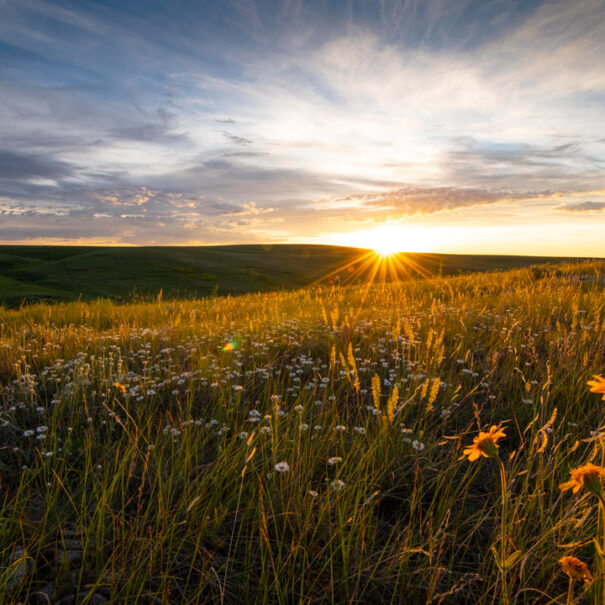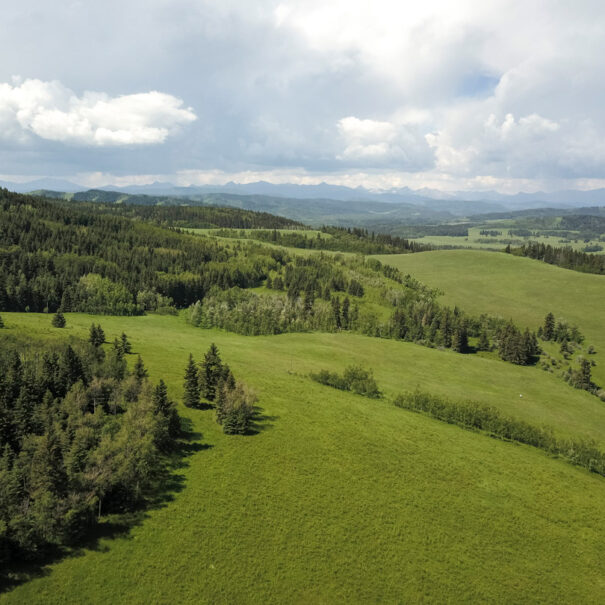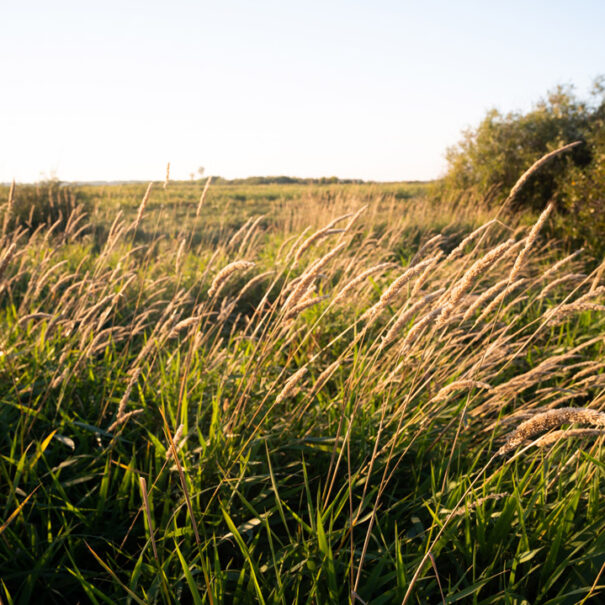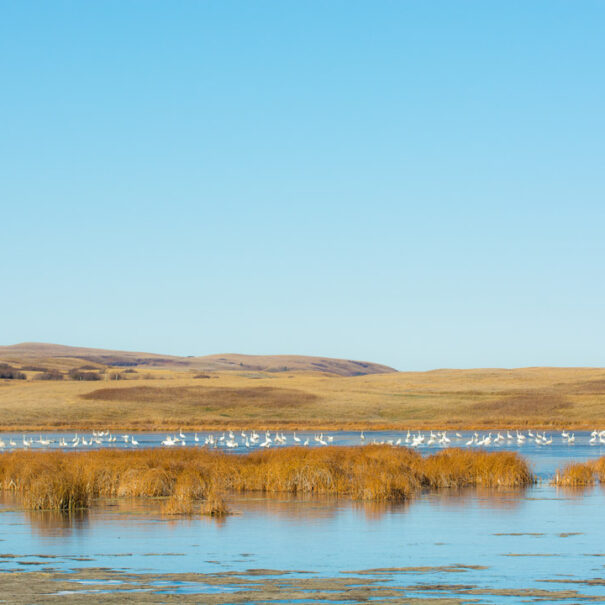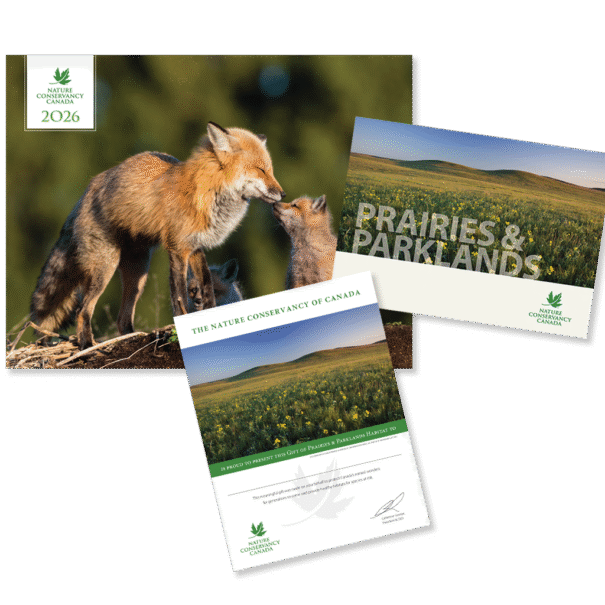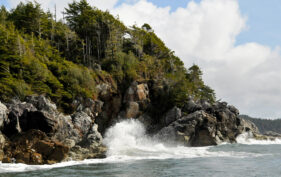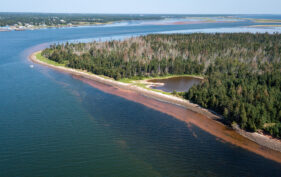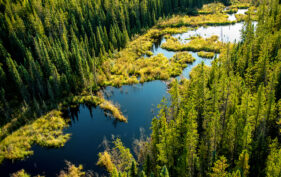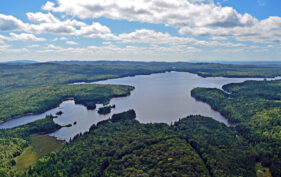Prairies and Parklands
The Nature Conservancy of Canada’s (NCC’s) work on the Prairies includes building on and linking existing protected areas, working with ranchers to maintain native grasslands and supporting recovery efforts for species at risk. Species at risk protected by NCC include plains bison, swift fox and thick-billed longspur.
Gift details
Digital download includes:
- Digital species booklet
- Digital full-colour certificate
- Informational video
Physical package includes:
- 2026 NCC calendar
- Species booklet
- Full-colour certificate
Need to ship to multiple addresses? Visit the FAQ page for more information.
Your Gift in Action
Your gift will conserve critical habitats and ensure a future for species at risk. It will also build healthier, more resilient ecosystems that provide essential benefits and services to people and their communities, while countering the effects of climate change and biodiversity loss.
Since 1962, NCC has brought Canadians together to conserve and restore more than 15 million hectares, coast to coast to coast. But we must do more faster and accelerate the pace of conservation. Every gift and donation counts.
Prairies and Parklands
Temperate grasslands, including Canada’s prairies and parklands, have been identified as one of the most endangered ecosystem on the planet. Some of the largest and best examples of native prairie remaining in North America are in Canada.
Canada’s Prairie region extends from the Rocky Mountains in southern Alberta into the Red River Valley in Manitoba. These grasslands are the northern extent of the Great Plains region that continue south into Mexico. The region provides habitat for 50 per cent of North America’s waterfowl. But over 80 per cent of the Prairies have been converted from grasslands to other uses. In Manitoba, the tall grass prairie is an endangered ecosystem, with only one per cent remaining today.
Native grassland is still being lost to cultivation, resulting in the rapid decline of many species, including songbirds. Grassland birds on the Canadian Prairies are declining faster than any other group of birds in North America, some of which have lost more than 80 per cent of their populations since the mid-1960s. Additional threats include invasive species and habitat fragmentation from development and roads.
By symbolically adopting the Prairies & Parklands habitat, you are expanding and linking existing protected areas, maintaining native grasslands and supporting threatened or endangered species like plains bison, burrowing owl, swift fox and black-tailed prairie dog.
Photo 1: Old Man on His Back and Heritage Conservation Area, Sask Photo by Jason Bantle. Photo 2: White Moose Ranch, AB; Photo by Brent Calver. Photo 3: South Wakomao Shores, AB; Photo by NCC. Photo 4: Tundra Swans, Cypress Hills, AB; Photo by NCC

